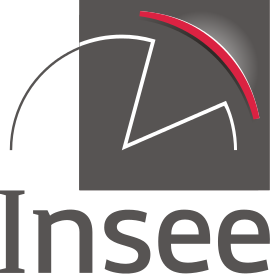 Insee Analyses ·
October 2022 · n° 77
Insee Analyses ·
October 2022 · n° 77 In 2020, measuring poverty is complicated by the health crisis
In 2020, measuring poverty is complicated by the health crisis
In November 2021, INSEE published a provisional estimate of poverty which concluded that poverty remained stable in 2020. In October 2022, the institute maintains this diagnosis and is thus deviating from the Tax and Social Incomes Survey (ERFS), which usually provides the definitive figures on the evolution of income inequalities and poverty.
According to the Tax and Social Incomes Survey, the monetary poverty rate, i.e. the proportion of poor people in the population, was 13.9% in 2020, a drop of 0.7 point compared to the previous year. As for the Statistics on Income and Living Conditions (SILC) survey, it concludes that the poverty rate remained almost stable at 14.3% in 2020.
In the past, the messages delivered by these two sources have differed on several occasion; in those cases, the results of the Tax and Social Incomes Survey, considered as the reference source at national level, are authoritative. In 2020, however, the health crisis weakened the results of the surveys: collection conditions were degraded by mobility restrictions and the multiplicity of financial support schemes complicated the measurement of incomes.
Despite these discrepancies, the surveys agree that poverty did not increase in 2020 regardless of the severity of the crisis, and that household support measures contributed significantly to containing the rise in poverty. They also converge on the rise in the median of standards of living and on a slight decline in inequality of standards of living in 2020.



